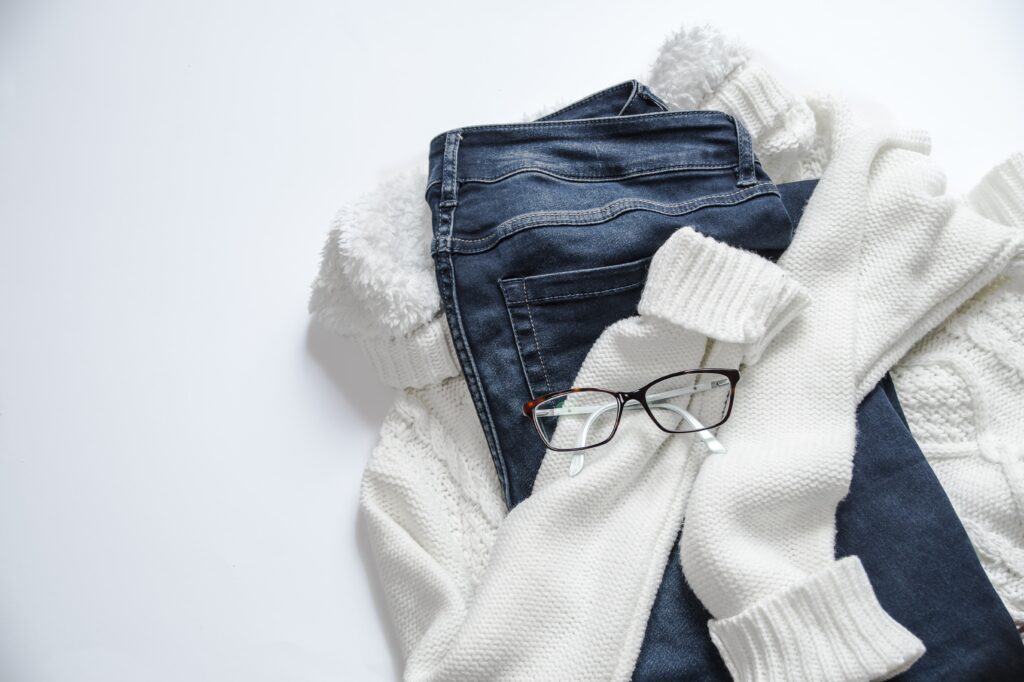We all are aware of the humble peanut allergy and might have heard stories of how people are allergic to wheat, milk, fish or meat. Or maybe you are allergic to one of these things yourself.
But there are few everyday things people are allergic to, which might be very unrealistic to hear or down right shocking. #1 will definitely blow your mind.
5. Body Heat and Own sweat:

Yes, when your body gets warm it is not very comfortable, you might turn on you air conditioner or get a cool drink to cool it down. For some people, it is downright painful with itchy red hives all over body.
Also known as Cholinergic urticaria, people suffering with this allergy develop itchy red rashes when the core body temperature raises and sweat comes out. The sweat causes an allergic reaction similar to that of animal dander or itchy plants (like poison ivy).
Though it is not severe there are very rare cases of people developing breathing difficulties, dizziness, fainting, nausea and low blood pressure.
It can be diagnosed by an allergy test where the doctor will collect a small sample of your sweat and inject it slightly under the skin to see if the person develops a rash.
Cholinergic urticaria can be triggered by anything that raises body temperature such as hot showers, hot climate, eating hot and spicy foods and even getting upset or angry.
4. Tomato

Tomatoes are widely used vegetables in the world. Botanically, tomatoes are fruits and as all other food allergies tomato allergy is very real. Unfortunately, people with this allergy cannot enjoy pizzas, pastas and many other delicious foods with tomatoes.
Tomato allergy is caused by specific proteins called ‘Lyc e’ proteins found in the tomatoes. When people eat them, their body assumes that these proteins are microbial invaders and prepares antibodies against them. Accidental ingestion causes severe rashes, itchiness on lips, in mouth and throat and may also lead to mild swelling. Severe stomach problems, difficulty in breathing and rapid heartbeat, low blood pressure are also seen in advanced cases. These symptoms are collectively called ‘anaphylaxis’.
Interestingly, tomato allergy is profound in people who are already allergic to pollen. Tomato allergy can be detected by blood test and oral tolerance test. Symptoms of the allergy can be controlled with antihistamines and anaphylaxis is treated with injection of epinephrine (in case of emergency only).
There is no permanent cure for tomato allergy at the moment except for avoiding tomatoes and management with antihistamines.
3. Clothes

Clothes are one of the essential items of everyday life (unless you disagree –ROFL). Allergy to clothes is called as ‘textile dermatitis’ a type of contact dermatitis. People with textile dermatitis may be allergic to the type of clothing fibre, chemicals used in processing or the dyes used in them.
Textile dermatitis is usually temporary and may not be a lifelong issue as a food allergy, in most cases. This can happen as a once-off situation where people wear tight non-breathable clothes which increase heat and humidity and trigger a rash.
If you are a fan of the sitcom The Big Bang Theory, you must remember the episode ‘The itchy brain simulation’ (S07 E08), where Leonard Hofstadter wears a red sweater gifted by his aunt, he develops severe red painful and itchy rash. This is an example of textile dermatitis.
Usually the symptoms like rashes and tingling sensation go away on their own after removing the clothes. Very severe cases may require steroids but usually moisturising cream and antihistamines will get it under control.
There are very rare cases in which people have developed antibodies against silk fibres and are allergic to silk clothes for life time. There is no permanent cure in this situation except to avoid silk clothes
2. Gold

We all know that gold is mostly inert and has been the metal that is deeply rooted in the history of mankind. Gold has been the choice of ornaments, standards, trade and even as tooth replacements.
It is very shocking to know that some people are allergic to gold. Mostly people who have gold dental implants (golden tooth) are affected by this but there are cases of allergic reactions to ornaments as well.
People become allergic to gold as the use it constantly and develop contact dermatitis. This happens when gold slowly degrades in atomic level and mixes (binds) with other proteins in the body. This process is called ‘haptenization’.
The body then does not recognise this new shiny golden protein and mistakes it as a microbial invader and starts making antibodies against it. This causes an allergic reaction whenever gold touches the body.
Learn how body’s immune system makes antibodies with a simple car analogy here.
DID YOU KNOW THAT SOME PEOPLE GET GOLDEN STENTS IMPLANTED IN THEIR HEARTS? These also cause allergic reactions in some people and cause narrowing of the blood vessel called ‘restenosis’.
There is no specific treatment for gold allergy but antihistamines and corticosteroids are used to reduce the symptoms. The allergy can be tested by the doctor using a simple patch test.
1. Water

SHOCKING right? Yes, people can be allergic to water. Allergy to water is called as Aquagenic Urticaria. It is extremely rare and about 50 cases were reported until 2016 in the whole world. This rare reaction is seen mostly in female of puberty age and sometimes runs in the family.
There is no known genetic cause of Aquagenic Urticaria but it is assumed that when water touches the skin, it reacts with the sweat glands and produces toxic by-products that cause immune system to react.
People suffering from this disorder usually show severe burning and prickling rash within 30 mins of contact with water. The rash goes away on its own after an hour or two after that may require medication for severe episodes.
Unfortunately, for these people bath time and water-based activities is severely restricted. There is no cure for Aquagenic urticarial but can be managed using typical anti-histamines. People suffering from this disorder have to use emulsions and oily creams before taking a bath or cover up just to avoid any water spills.
Special testes are performed by the doctor firstly to rule out other causes of allergies before concluding allergy to water.
Sources
- Nakamizo, S., Egawa, G., Miyachi, Y. & Kabashima, K. Cholinergic urticaria: pathogenesis-based categorization and its treatment options. J. Eur. Acad. Dermatology Venereol. 26, 114–116 (2012).
- Abajian, M., Schoepke, N., Altrichter, S., Zuberbier, H. C. T. & Maurer, M. Physical Urticarias and Cholinergic Urticaria. Immunol. Allergy Clin. 34, 73–88 (2014).
- Hirschmann, J. V. et al. Cholinergic Urticaria: A Clinical and Histologic Study. Arch. Dermatol. 123, 462–467 (1987).
- Möller, H. Contact allergy to gold as a model for clinical-experimental research. Contact Dermatitis 62, 193–200 (2010).
- Svedman, C. et al. Contact allergy to gold in patients with gold-plated intracoronary stents. Contact Dermatitis 52, 192–196 (2005).
- Pravettoni, V. et al. Tomato allergy: Detection of IgE-binding lipid transfer proteins in tomato derivatives and in fresh tomato peel, pulp, and seeds. J. Agric. Food Chem. 57, 10749–10754 (2009).
- Rothbaum, R. & Mcgee, J. S. Journal of Asthma and Allergy Dovepress Aquagenic urticaria: diagnostic and management challenges. J. Asthma Allergy 9–209 (2016) doi:10.2147/JAA.S91505.